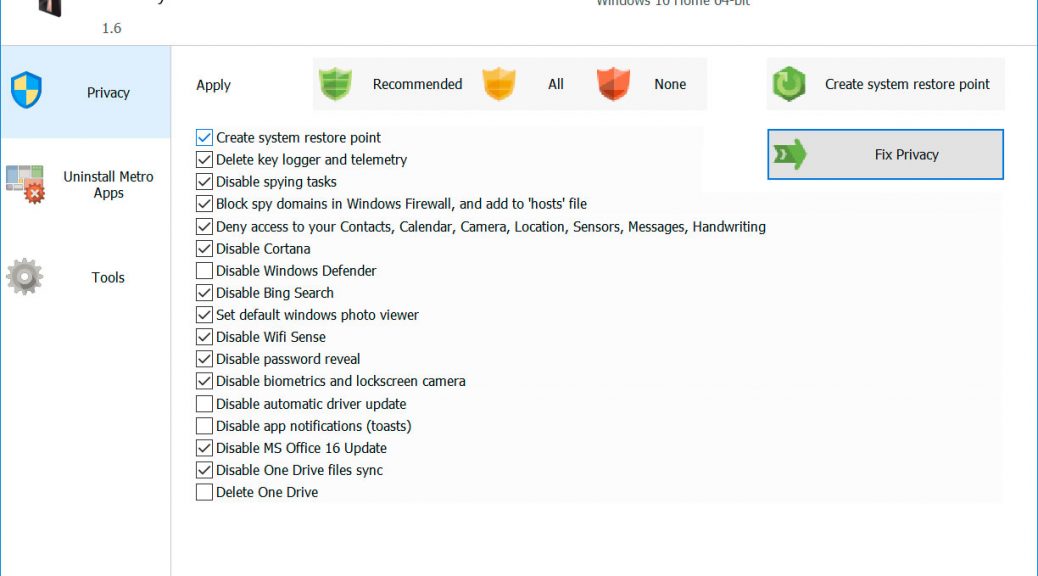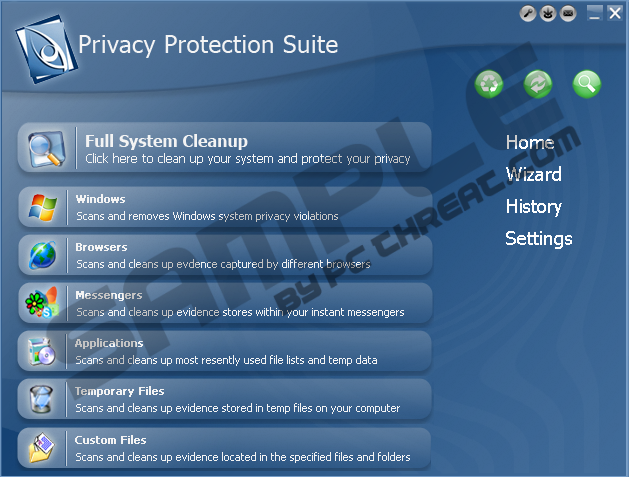

- UNINSTALL PRIVACY PROTECTOR INSTALL
- UNINSTALL PRIVACY PROTECTOR MANUAL
- UNINSTALL PRIVACY PROTECTOR SOFTWARE
- UNINSTALL PRIVACY PROTECTOR PC
Imitating well-known anti-virus software companies
UNINSTALL PRIVACY PROTECTOR PC
Below you will also find additional advice on latter steps after completing PC Protector Plus removal. You might want to eliminate the rogues software quickly as the tool may only make your Windows system more vulnerable to outside threats. You can do so with the assistance of Reimage Intego or Malwarebytes. Therefore, it is recommended to remove PC Protector Plus from the system. collection and sharing of personal users’ data with third parties.In fact, it is classified as a rogue anti-virus tool due to several reasons: It merely briefly states that PC Protector Plus “protects your Windows PC from malware, spyware, adware and phishing scams.” On the other hand, it does not provide explicit information what technologies it uses to ensure such protection. It offers customized scans and detailed log files. PC Protector Plus operates as a supposed tool which assists users supposedly improve system performance by guarding it against virtual threats. Alternatively use the reg delete command from within a Command Prompt.What is PC Protector Plus? PC Protector Plus deceives users with fake alerts dialog by entering regedit.exe in the Open: field. Open the Windows Registry Editor from the Start Run. This can be removed.ĭelete the Bitrock installer log files bitrock_installer.log and bitrock_installer_.log normally located in C:\Users\Administrator\AppData\Local\Temp Ensure that there are no files or windows open at this location or attempts at deletion may fail.Ī hidden directory Protector-RecycleBin may remain in the root directory. If you want to remove these artefacts, then continue with the following steps:ĭelete the Protector installation directory tree noted down before uninstalling. These items are left in place either to facilitate easier reinstallation or because they remained after upgrading from an earlier version or from a failed install. Some artefacts will still remain on your machine. Protector and its repositories are now uninstalled and you can end the procedure at this point. Ensure that there are no files or windows open at these locations or attempts at deletion may fail. Click OK.ĭelete any repository directories noted down before uninstalling.
UNINSTALL PRIVACY PROTECTOR MANUAL
Manual removal of repositories is covered later on.Įventually an Info dialog will be displayed stating that the uninstall process is complete. The uninstall process will pause until you click OK.

A Setup dialog is displayed containing an Uninstall Status bar and information about what actions are currently being performed.Īt some point during the uninstallation process you may be presented with a Warning dialog telling you that any repositories must be manually deleted. Running the command uninstall.exe -mode unattended will cause the uninstall process to proceed without requiring user interaction although popups may briefly appear before being automatically dismissed.Ĭlick Yes to proceed with the uninstall process (or No to abort the process). A dialog will be displayed asking you to confirm that you wish to proceed. Alternatively, navigate to the installation directory and execute the command uninstall.exe.

Want to retain backup data stored in the repositories.įrom the Start menu run Uninstall Hitachi Ops Center Protector. Required later if you wish to completely remove all traces of the installation and do not
UNINSTALL PRIVACY PROTECTOR INSTALL
Make a note of the path for the install directory and any repositories or ISMs. Enter the following commands and follow the on-screen instructions:Ĭompletely removing Protector from a Windows machine involves significantly more work, due partly to the additional functionality available on Windows nodes. Completely removing Protector from a Linux or AIX machine is straight forward.


 0 kommentar(er)
0 kommentar(er)
